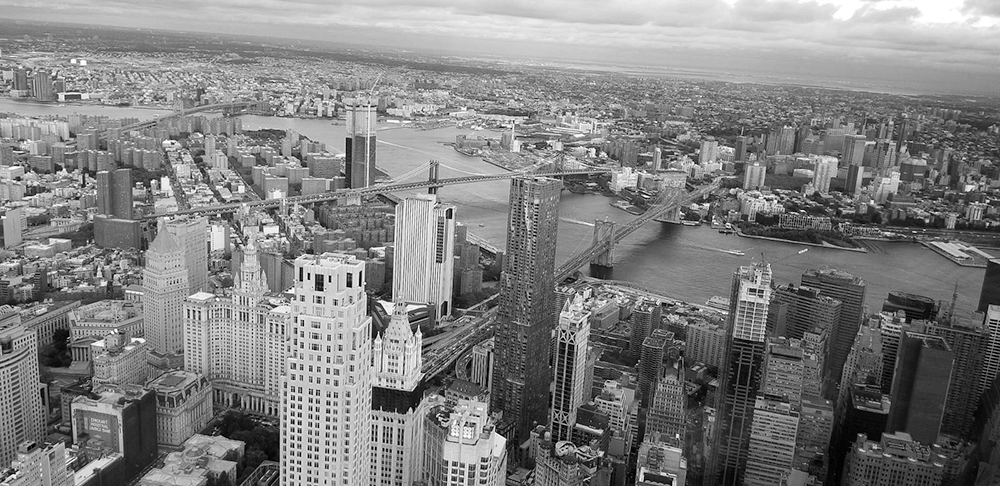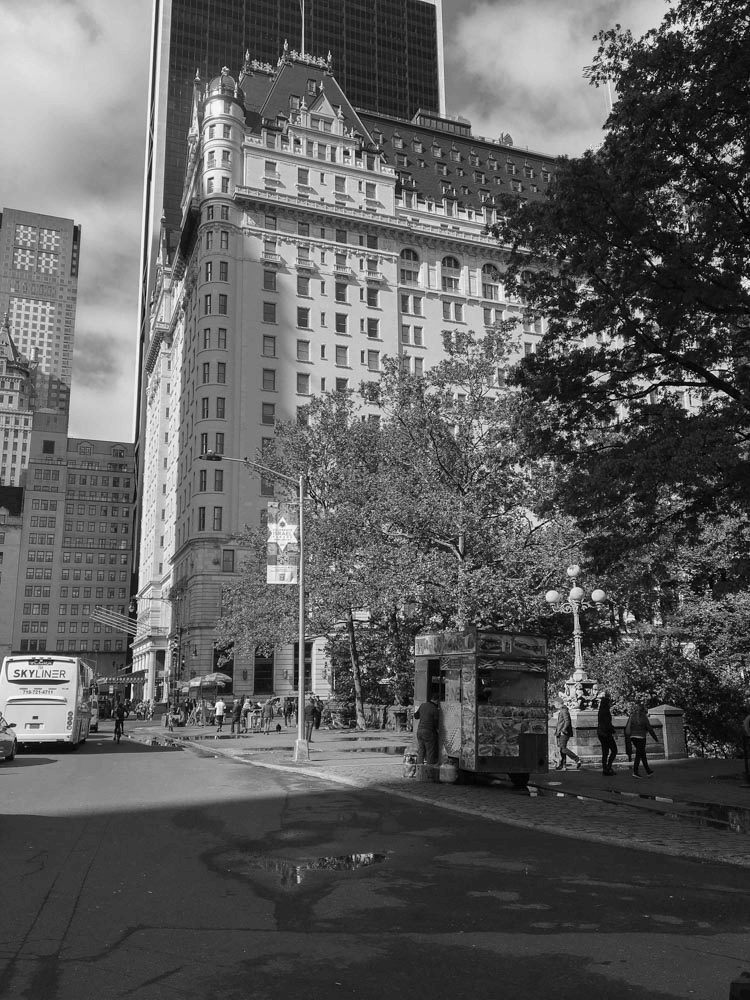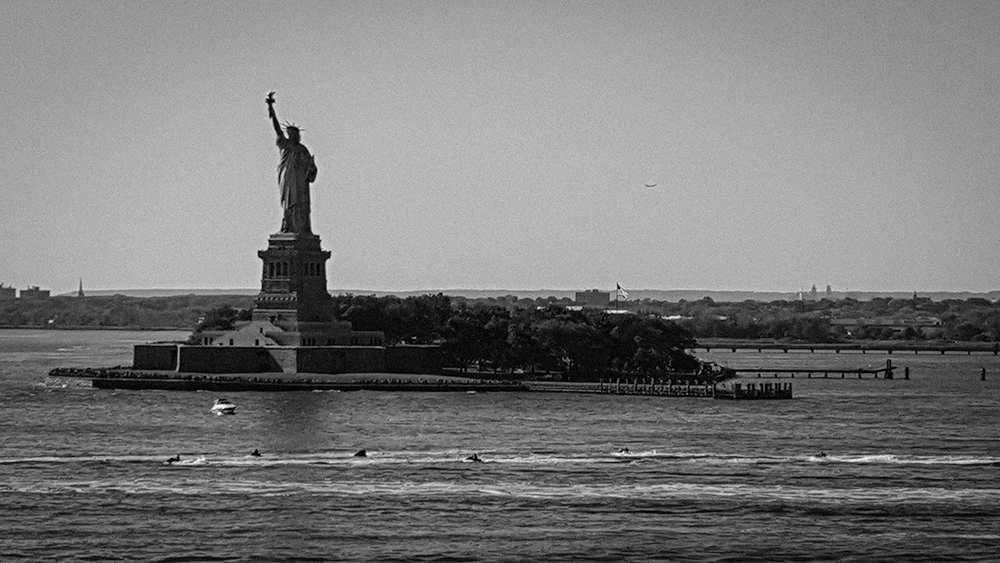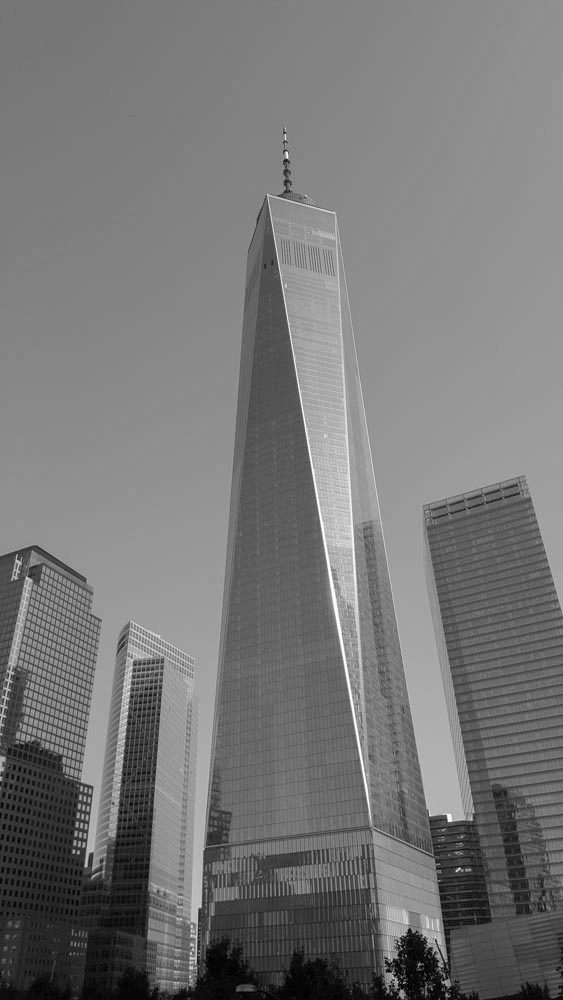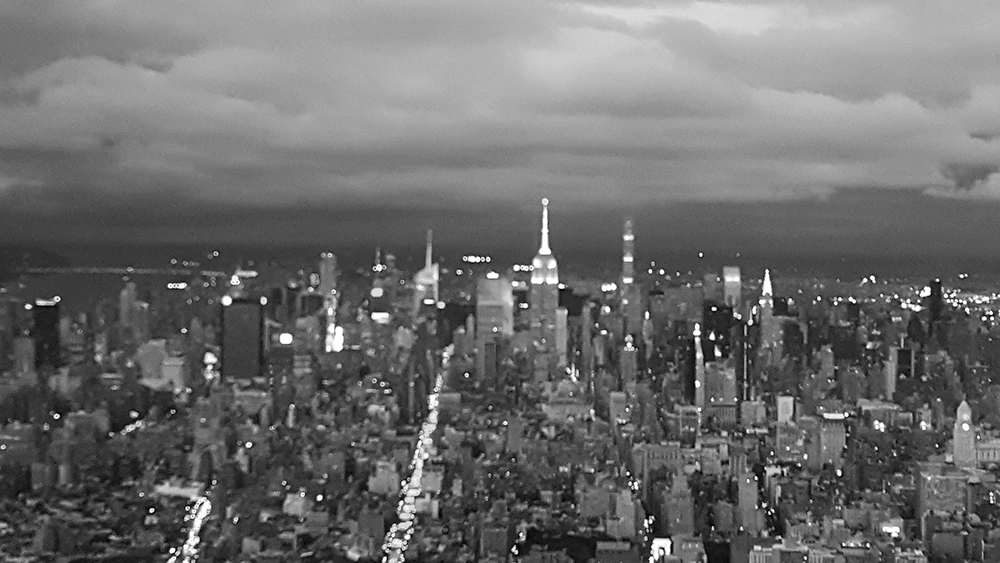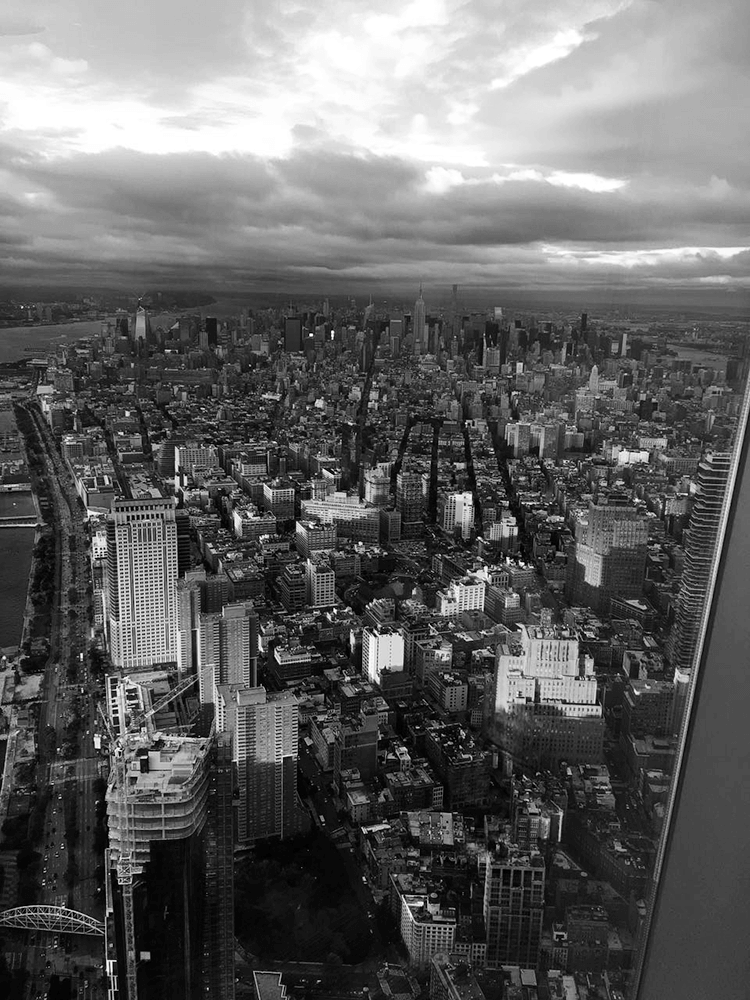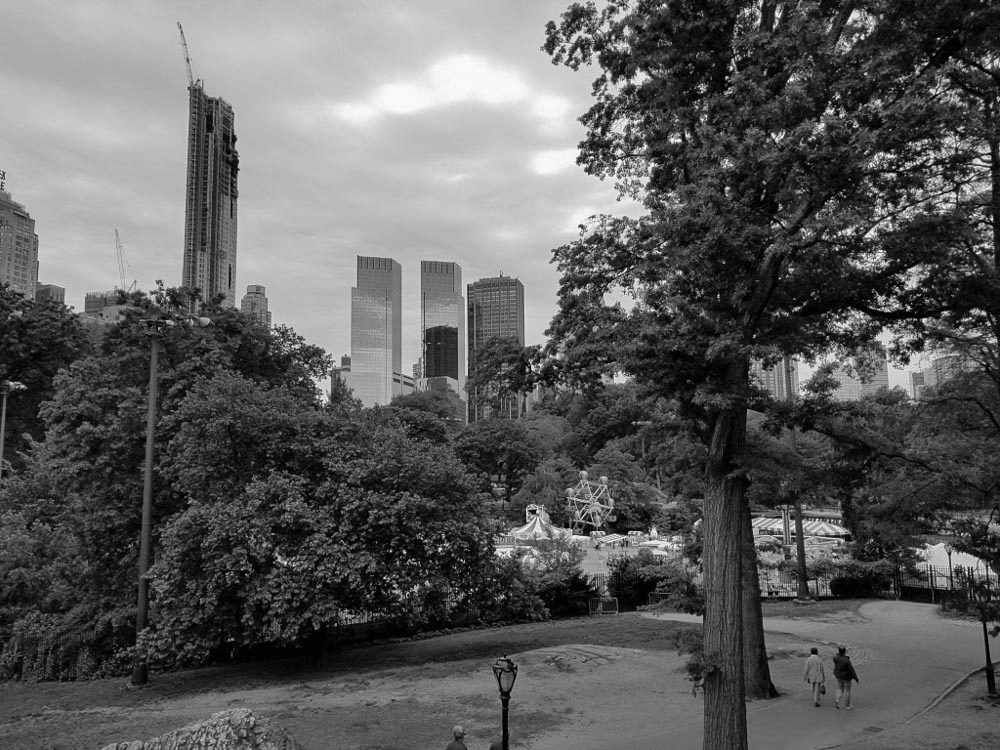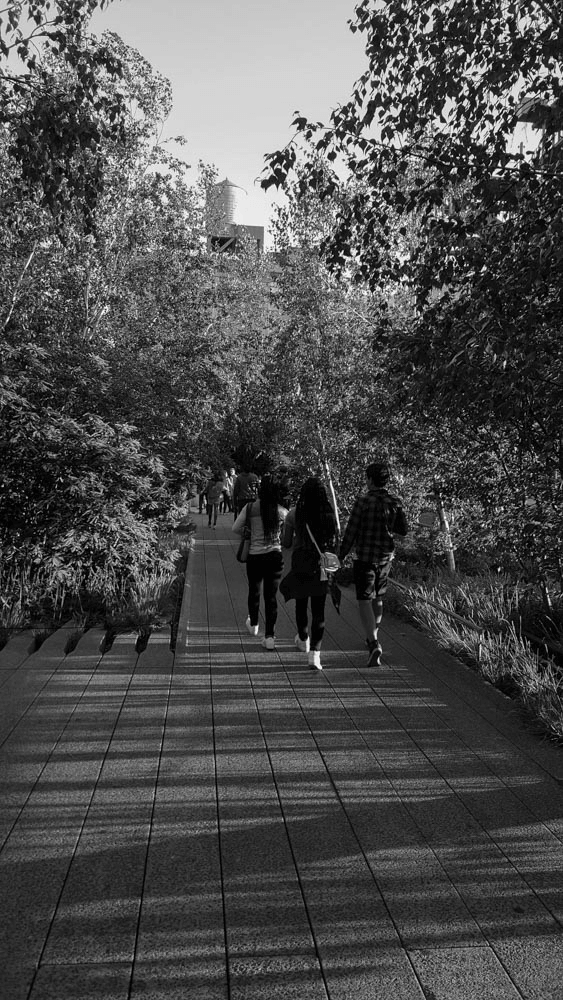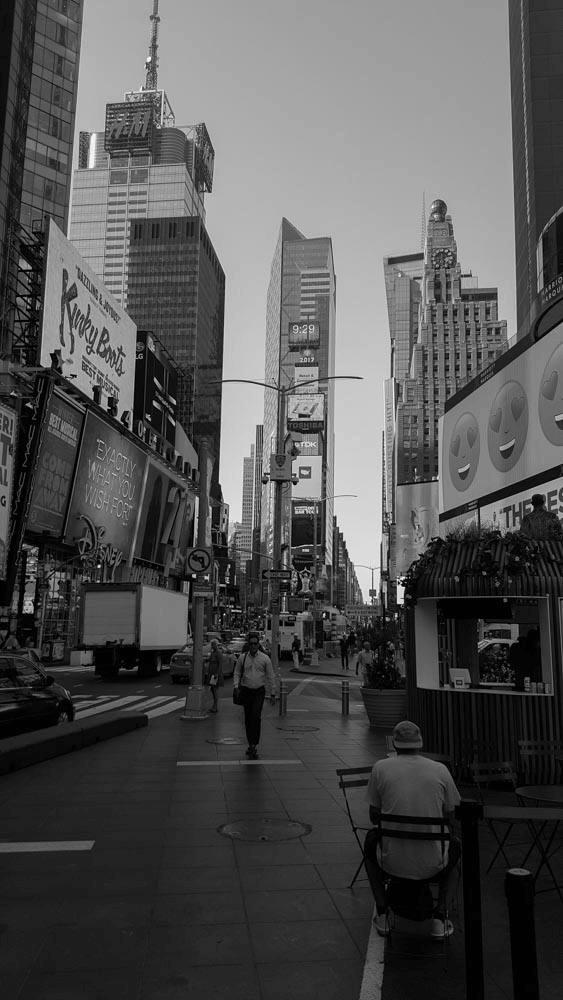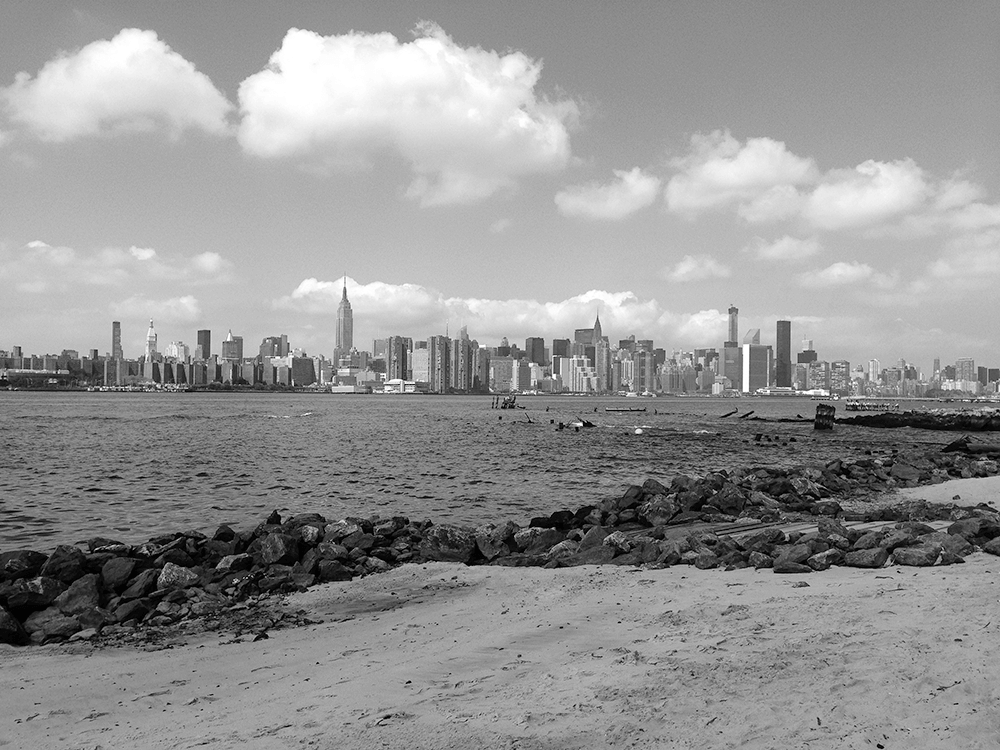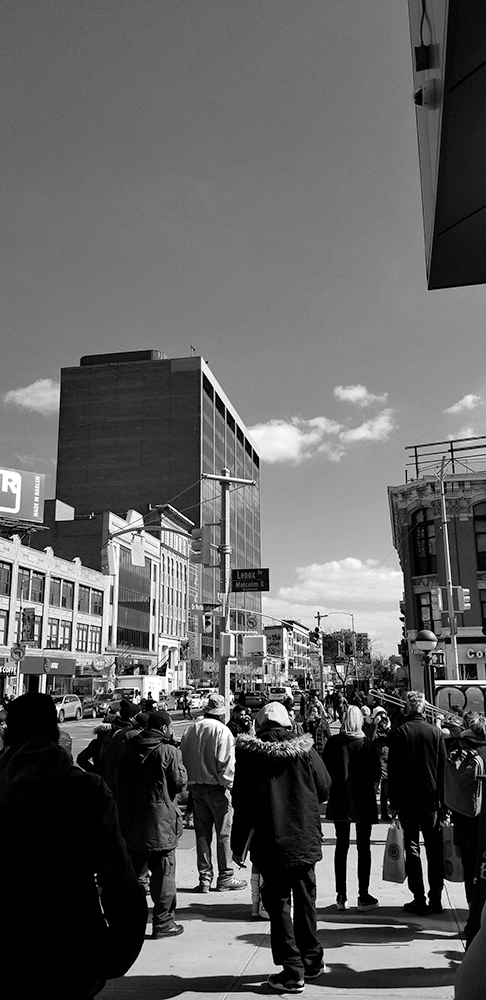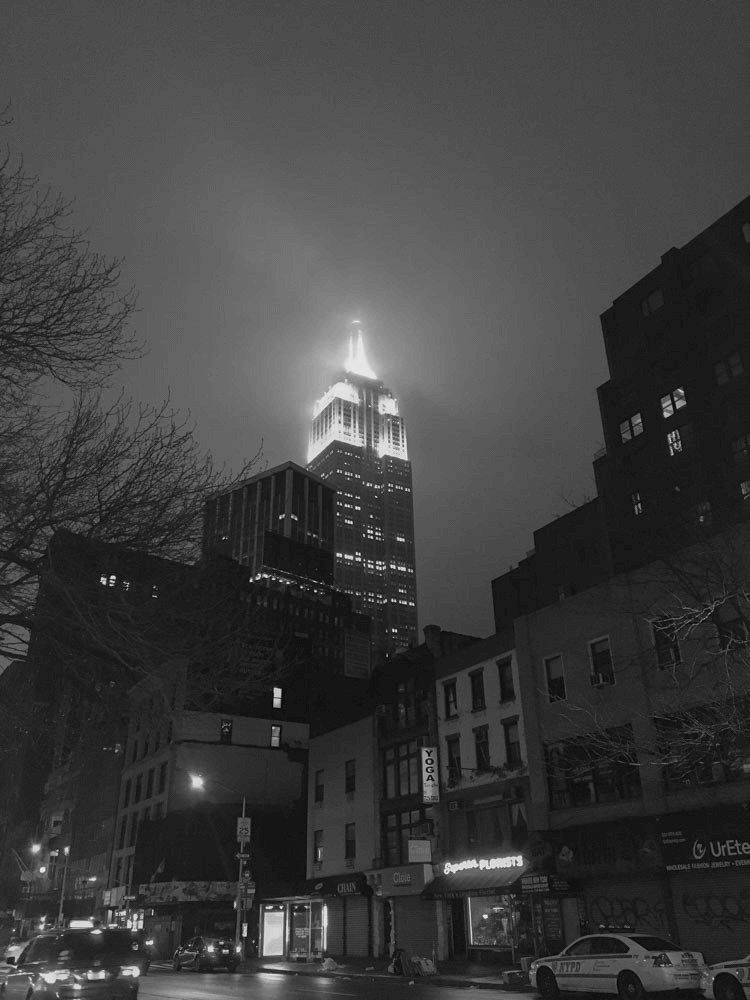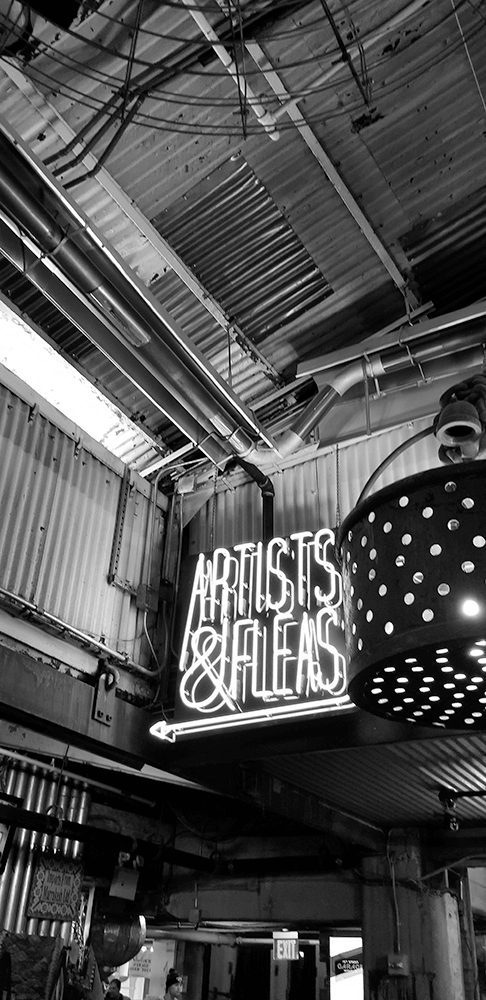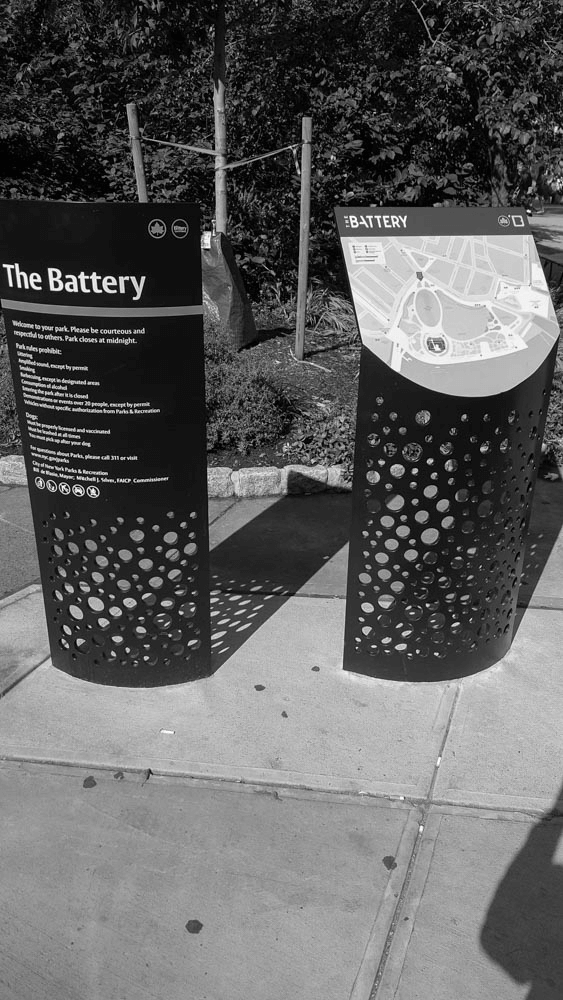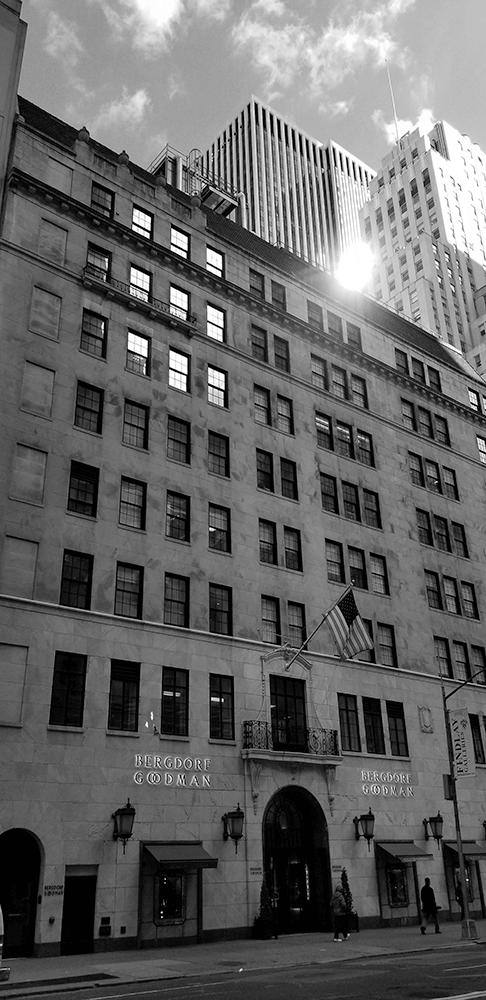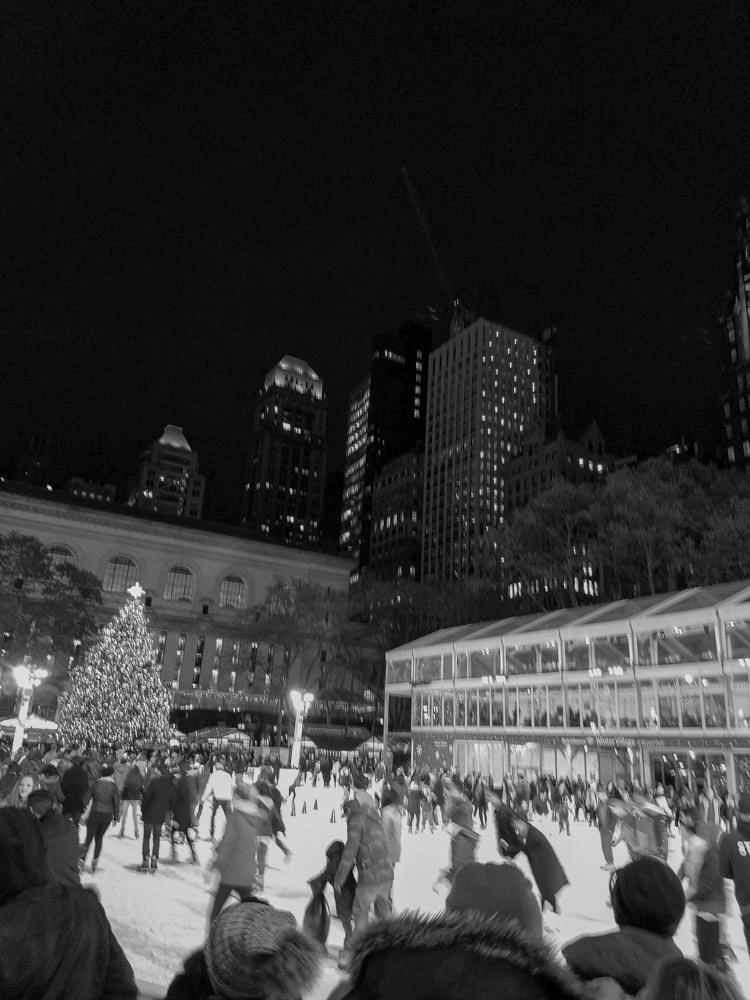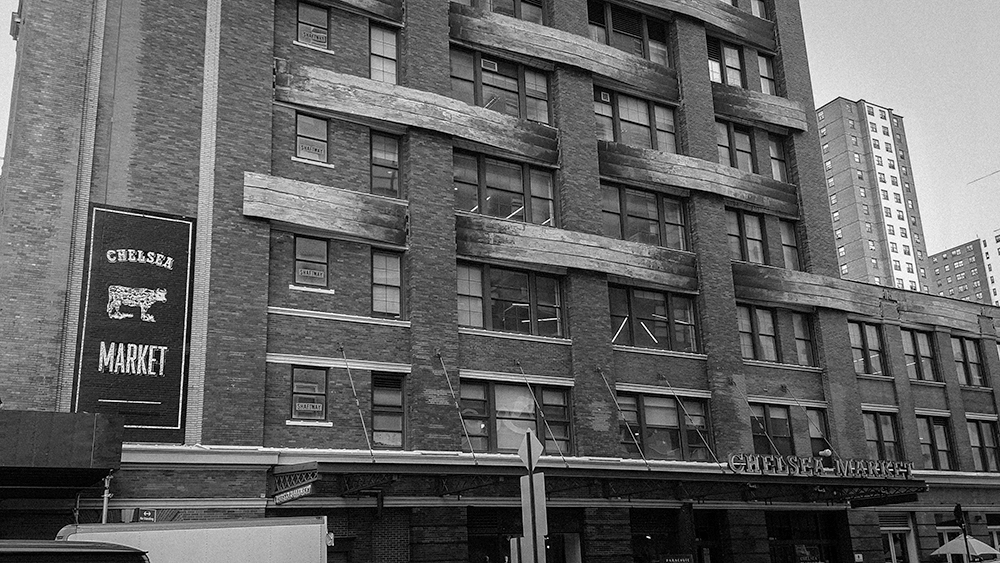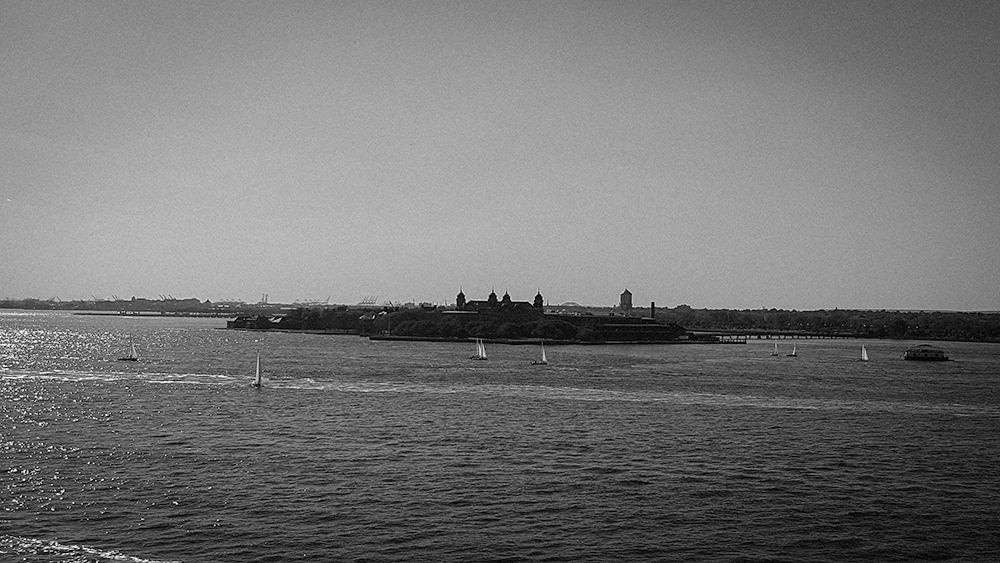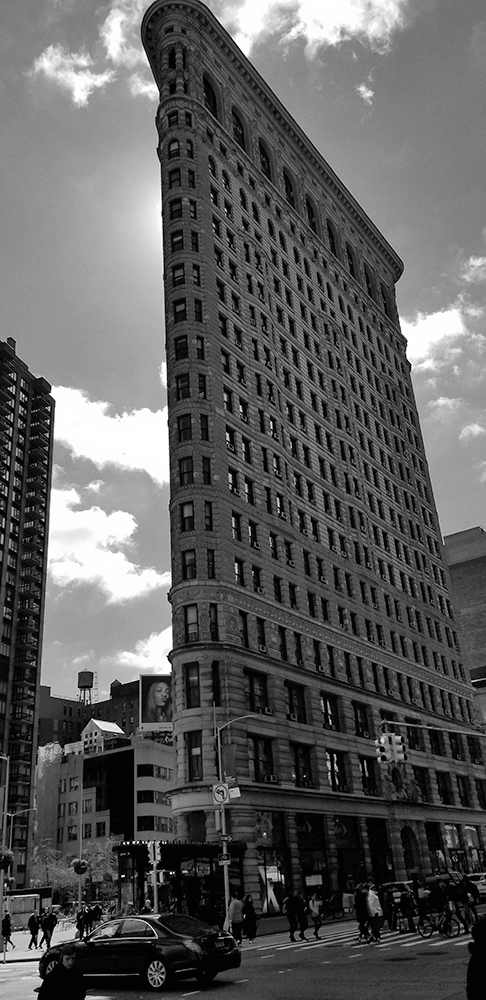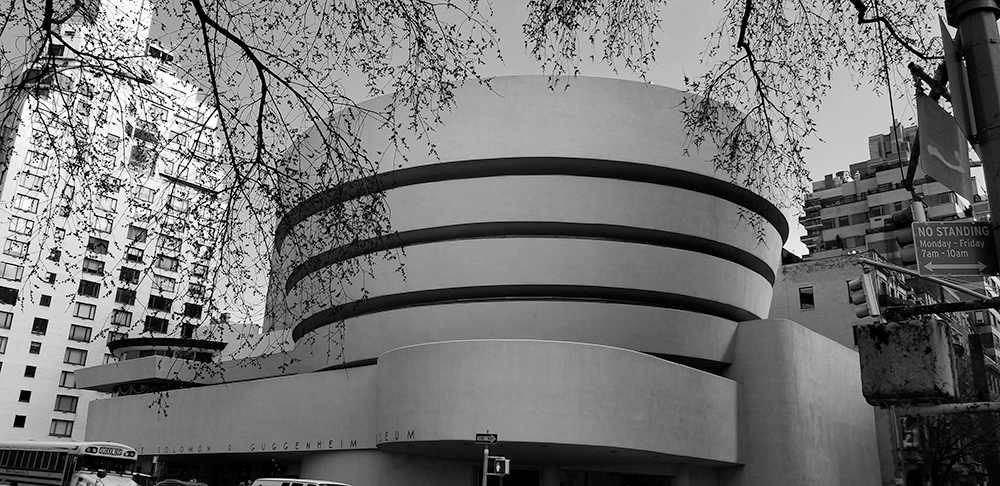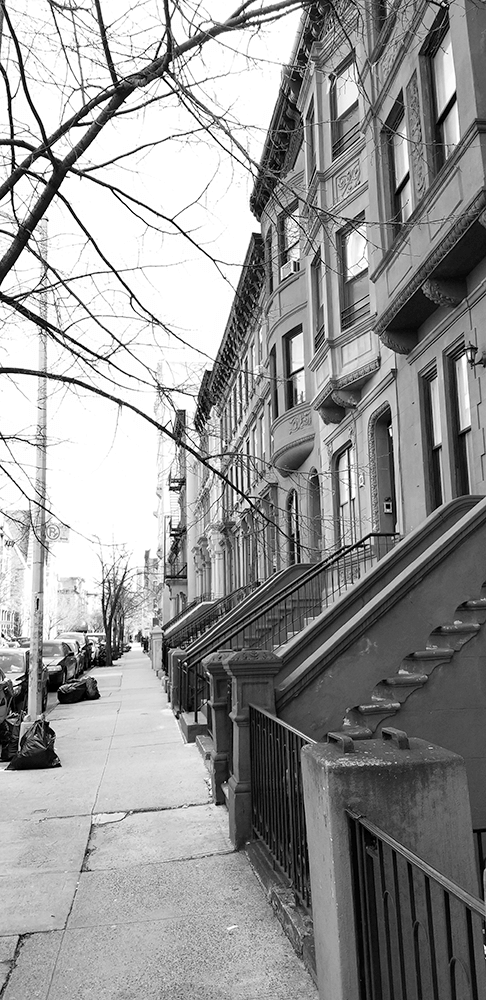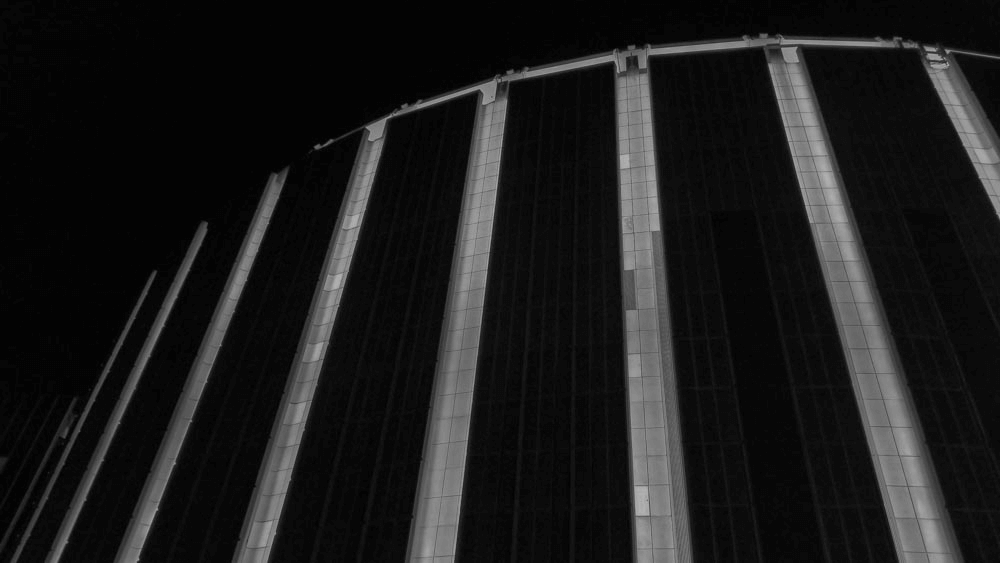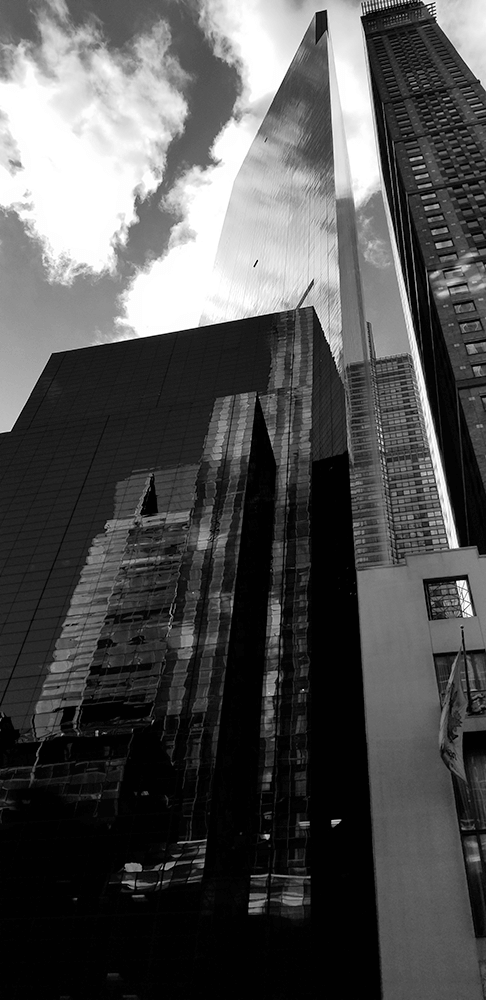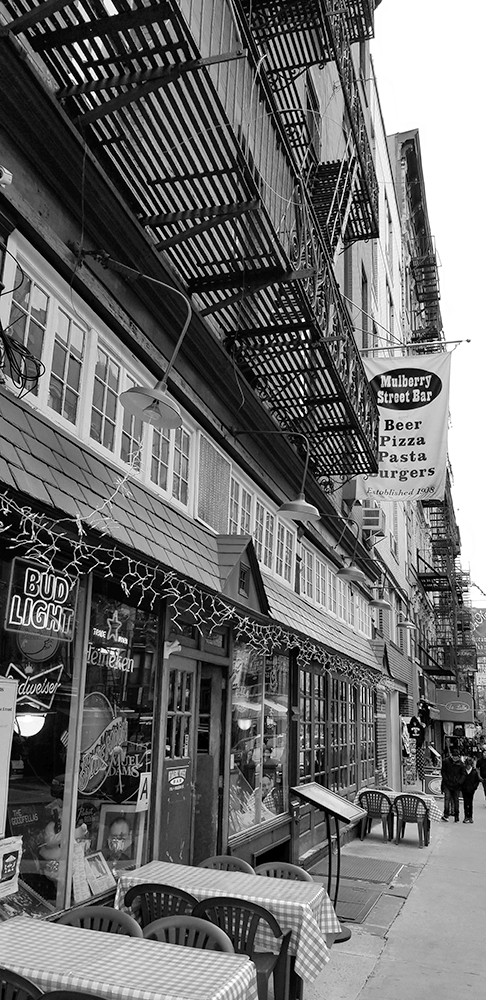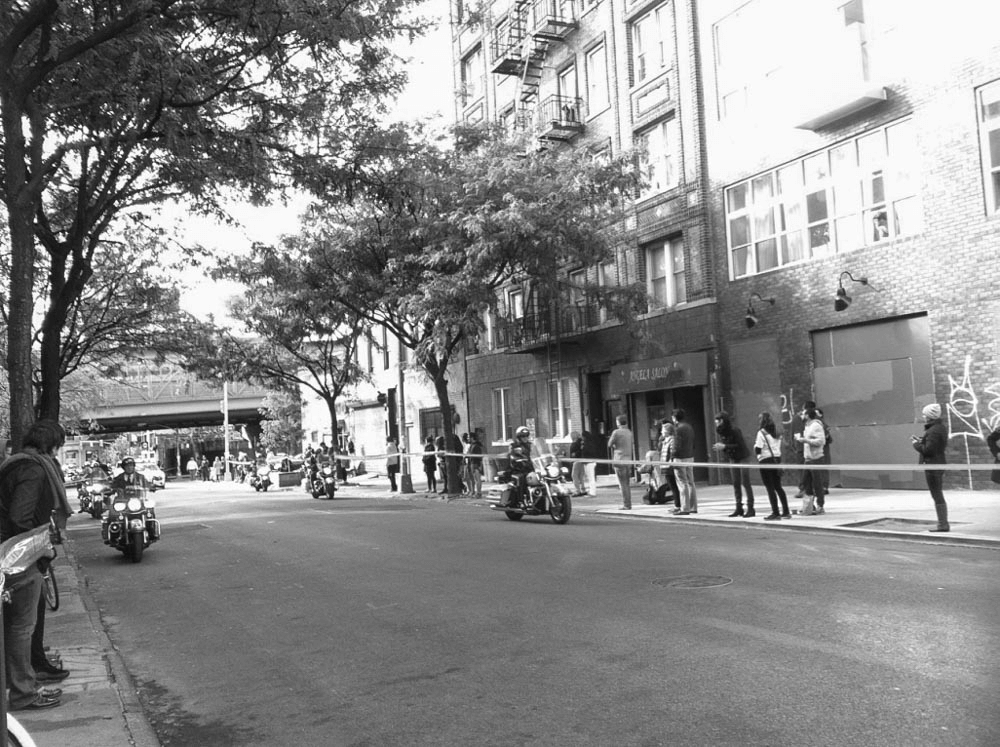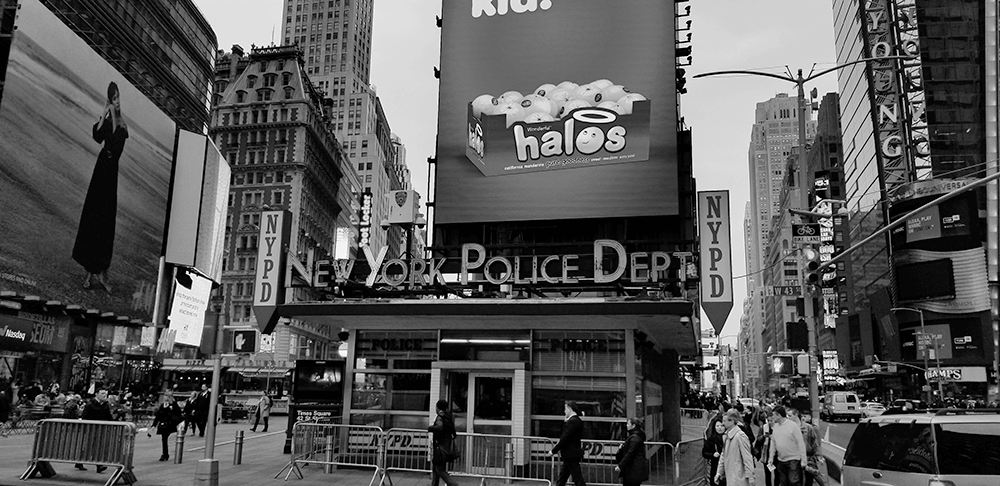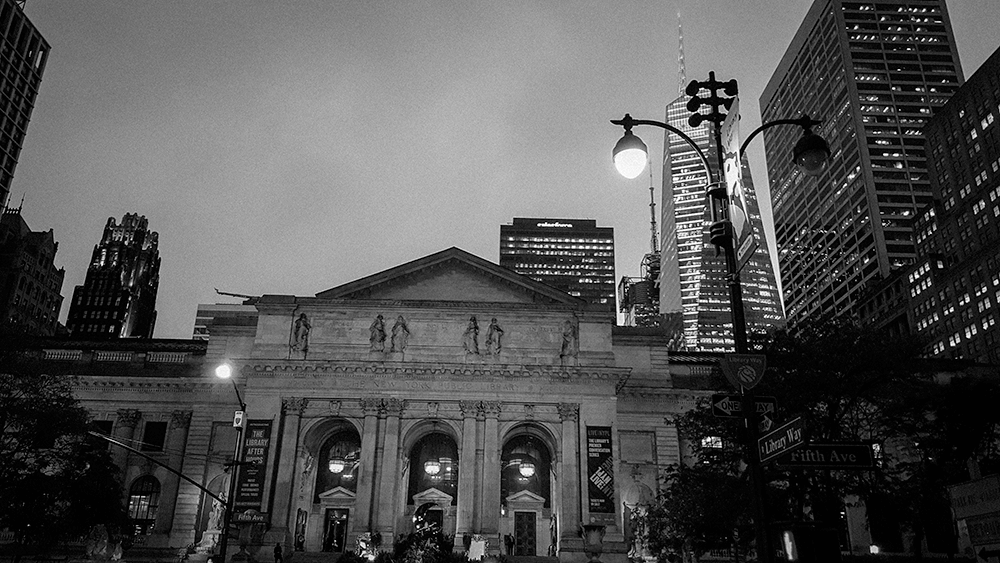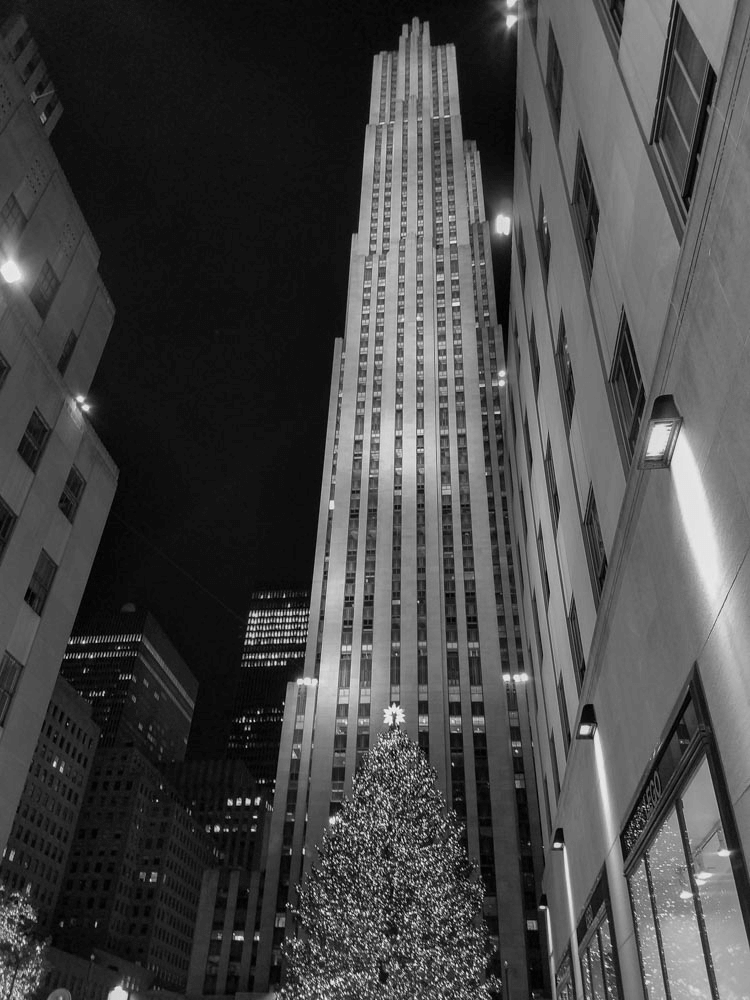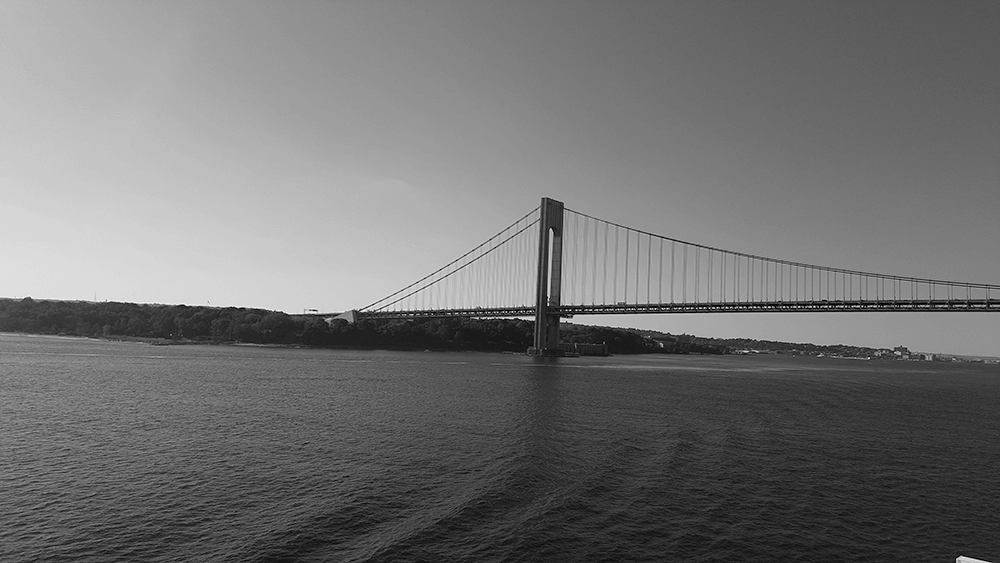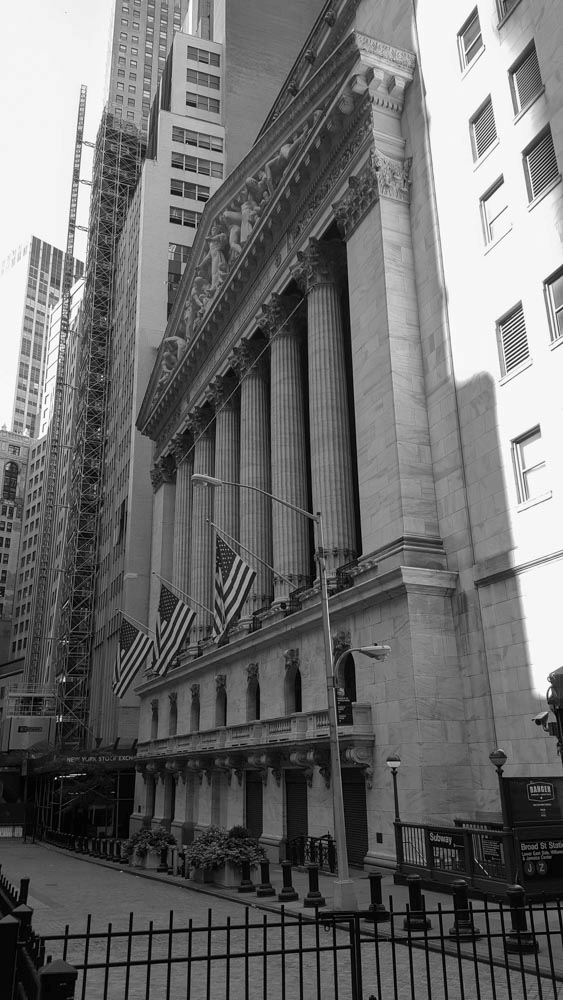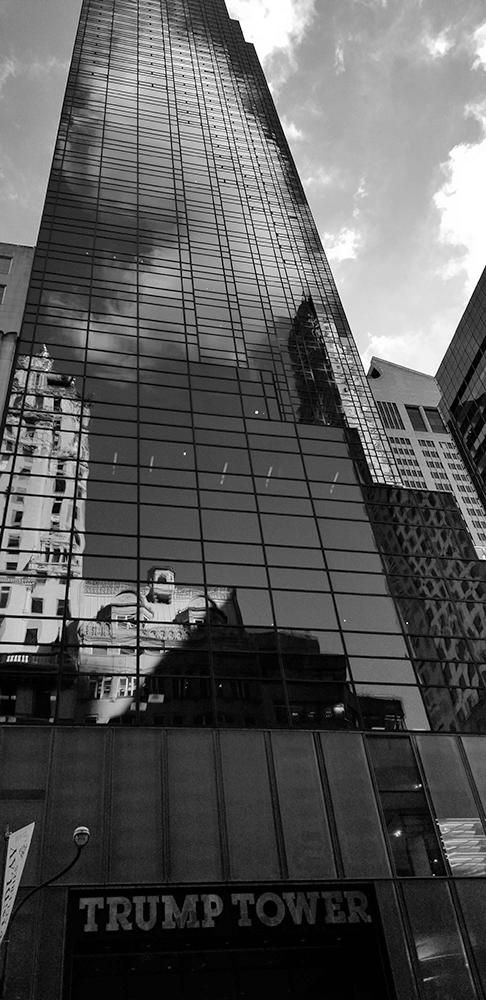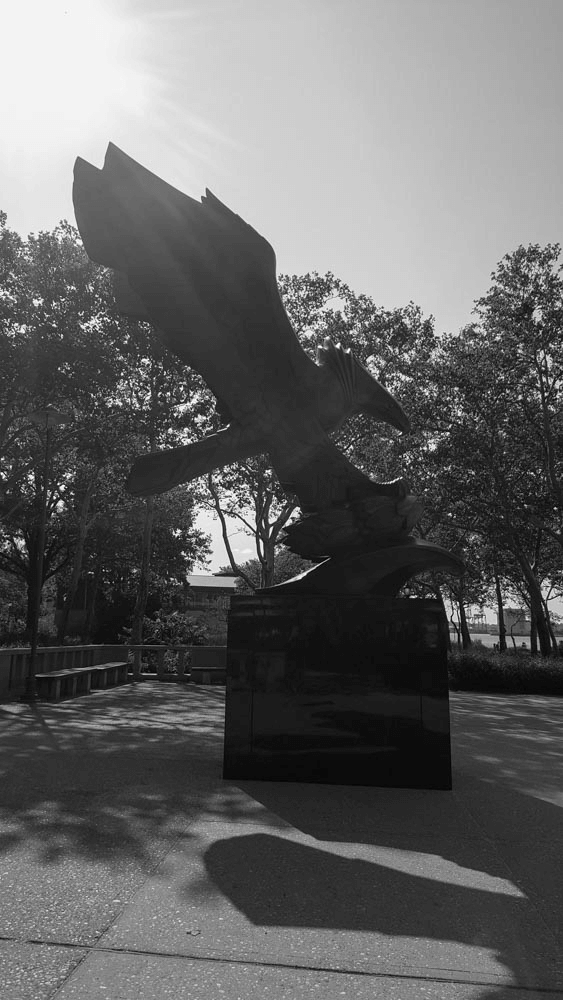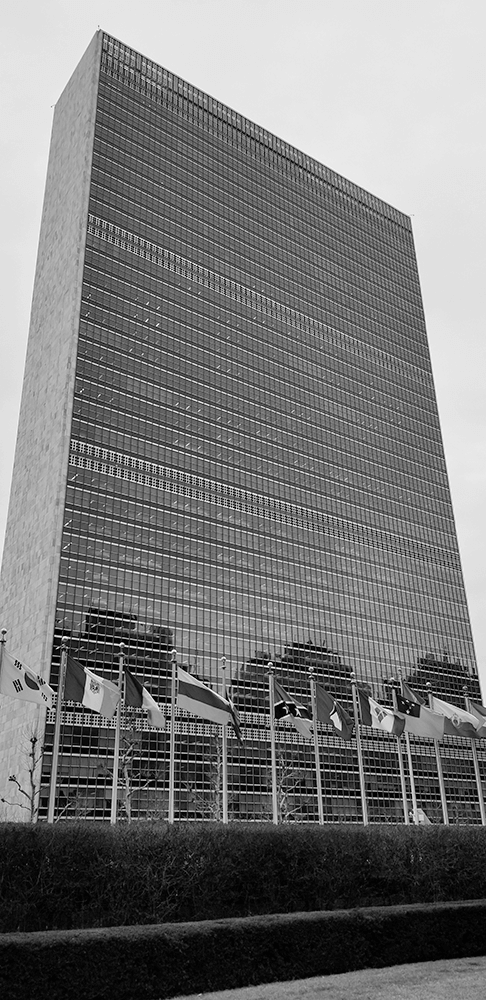Evergreen
Little Italy
Little Italy Manhattan
Little Italy in Manhattan – Eine ausführliche Beschreibung Little Italy ist ein historisches Viertel in Manhattan, New York City, das für seine reiche italienische Kultur, köstliche Küche und lebendige Atmosphäre bekannt ist. Obwohl das Viertel im Laufe der Jahre geschrumpft ist, bleibt es ein bedeutendes Symbol für die italienische Einwanderung und das Erbe in den Vereinigten Staaten. Geschichte Einwanderung: Little Italy entstand im späten 19. und frühen 20. Jahrhundert, als eine große Welle italienischer Einwanderer, vor allem aus Süditalien, nach New York kam. Diese Einwanderer suchten nach besseren Lebensbedingungen und fanden in Manhattan eine neue Heimat. Entwicklung: Das Viertel erstreckte sich ursprünglich über mehrere Straßen und blühte in den 1920er Jahren auf, als italienische Familien und Geschäfte die Gegend prägten. Die berühmte Mulberry Street wurde zum Herzen von Little Italy, wo sich zahlreiche Restaurants, Cafés und Geschäfte ansiedelten. Kulturelle Merkmale Essen: Little Italy ist berühmt für seine italienische Küche. Die Straßen sind gesäumt von traditionellen Restaurants, Pizzerien und Gelaterias, die authentische italienische Gerichte servieren. Klassiker wie Pasta, Pizza, Cannoli und Tiramisu sind hier allgegenwärtig. Viele Restaurants haben ihre eigenen Familienrezepte, die seit Generationen weitergegeben werden. Feste: Das Viertel ist auch bekannt für seine lebhaften Feste, insbesondere das Feast of San Gennaro, das jedes Jahr im September stattfindet. Dieses Festival zieht Tausende von Besuchern an und bietet eine Mischung aus religiösen Zeremonien, Live-Musik, Essen und Paraden. Es feiert die italienische Kultur und die Gemeinschaft und ist ein Highlight im Veranstaltungskalender von New York. Sehenswürdigkeiten St. Patrick’s Old Cathedral: Diese historische Kirche, die 1815 erbaut wurde, ist ein bedeutendes Wahrzeichen in Little Italy. Sie ist bekannt für ihre beeindruckende Architektur und die Rolle, die sie in der italienischen Gemeinschaft gespielt hat. Museo Italiano: Obwohl nicht mehr in Betrieb, war das Museo Italiano ein wichtiges kulturelles Zentrum, das die italienische Geschichte und Kunst in New York feierte. Es trug dazu bei, das Erbe der italienischen Einwanderer zu bewahren. Mulberry Street: Die Mulberry Street ist das Herz von Little Italy. Hier finden Besucher zahlreiche Restaurants, Straßencafés und kleine Geschäfte. Die Atmosphäre ist lebhaft, besonders während der Abendstunden, wenn die Straßen mit Menschen gefüllt sind, die die italienische Gastronomie genießen. Veränderungen im Viertel Urbaner Wandel: In den letzten Jahrzehnten hat sich Little Italy verändert. Die italienische Bevölkerung hat sich verringert, und viele der ursprünglichen Geschäfte wurden durch neue Unternehmen ersetzt. Chinatown, das angrenzend ist, hat sich ebenfalls ausgeweitet, was zu einer Vermischung der Kulturen geführt hat. Kulturelles Erbe: Trotz der Veränderungen bleibt Little Italy ein wichtiger Ort, um die italienische Kultur in New York zu erleben. Die verbliebenen Restaurants und Geschäfte bewahren die Traditionen und die Gastfreundschaft, für die die italienische Gemeinschaft bekannt ist. Little Italy in Manhattan ist ein faszinierendes Viertel, das die Geschichte und Kultur der italienischen Einwanderer in den USA verkörpert. Mit seinen köstlichen Speisen, lebhaften Festen und historischen Sehenswürdigkeiten zieht es sowohl Einheimische als auch Touristen an. Obwohl das Viertel im Laufe der Zeit geschrumpft ist, bleibt es ein lebendiges Zeugnis der italienischen Kultur und ein Ort, an dem Besucher die herzliche Atmosphäre und die kulinarischen Köstlichkeiten genießen können, die es zu bieten hat. Little Italy ist mehr als nur ein geografischer Ort; es ist ein kulturelles Erbe, das die Seele von New York bereichert.
1 2 NYCGO 3 4

